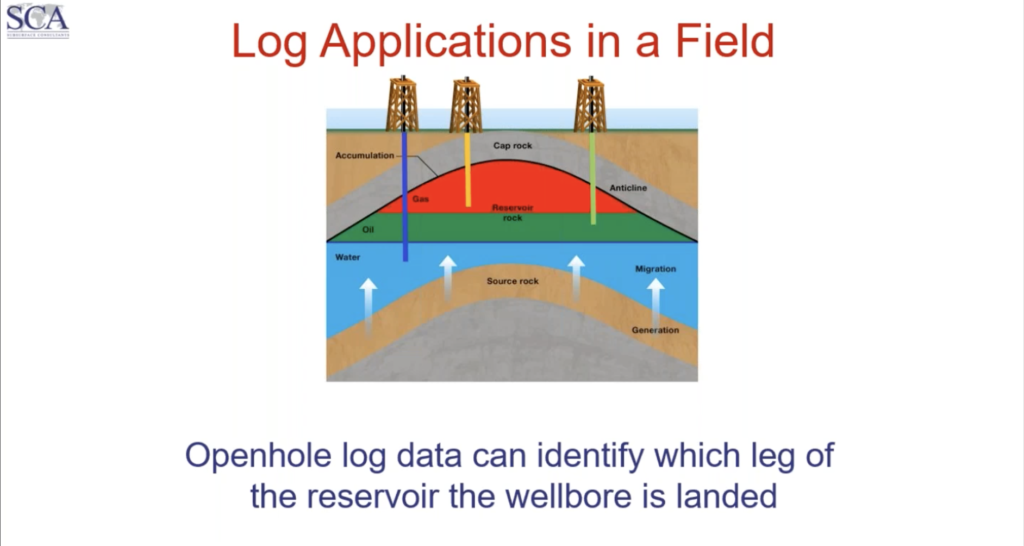
- This event has passed.
“Best Practices” for New Well Fracs and Legacy Well Refracs
November 9, 2023 - November 10, 2023
$2,125.00
- INSTRUCTOR:
- Robert ‘Bob’ Barba
- DISCIPLINE:
- Engineering, Unconventional Reservoirs
- COURSE LENGTH:
- 2 Days (November 09-10, 2023)
- AVAILABILITY:
- Public, In-House, & Live Online
- Buy a Ticket
COURSE DESCRIPTION:The course covers the recommended “best practices” for refracs and new wells in both organic shales and conventional reservoirs. It was first offered in 2009 for vertical conventional well completions and expanded to include organic shales shortly thereafter. The initial course material was the result of numerous major field studies that consistently showed lower than expected recovery factors. A comparison between apparent frac lengths and completion practices indicated that the low recovery factors in conventional vertical wells were primarily a function of the completion practices and not the reservoir properties. There were a number of completion practices that hindered the effectiveness of the fracs and these were documented in a large study that incorporated petrophysical, measured permeability, measured reservoir pressure, and production log data in SPE 90483. Most of the practices were a result of the assumption that fracs were “reserve seeking missiles” rather than driven by rock mechanics and reservoir properties. When organic shales came into the picture the same issues arose where operators assumed that pumping fracs into horizontal wells with clusters 100 feet apart would access large reservoir volumes and “find the hydrocarbons.” When the production performance of these initial laterals was compared to vertical well production it was assumed that the completions were successful. As operators gained more experience with the organic shale plays it became apparent that a lot of “meat” was being left on the bone with the wide cluster spacings and low proppant and fluid volumes. It became clear after several years of drilling and completing these wells that production could be increased significantly with closer cluster spacings, higher proppant loadings, and higher fluid loadings. The reservoir physics behind this phenomena are discussed in detail.
The course addresses all of the “best practices” that have been established in numerous studies for both conventional and organic shale reservoirs. Determination of oil and gas in place is a starting point to determine what the expected production is from a properly designed frac or refrac. With that in hand an estimate is made of the well’s estimated ultimate recovery and recovery factor. Recovery factors for each type of reservoir are discussed and case studies are provided to validate the process. The physics involved in frac execution are discussed and the role it plays in maximizing the stimulated reservoir volume. Case studies are discussed from a variety of unconventional and conventional reservoirs to demonstrate the successful implementation of these “best practices.” For refracs the statistics for the two major shale plays are presented and a comparison is made to new well completions. The role of refracs in protecting infill child wells from asymmetric fractures when legacy primary parent wells are discussed. Examples are presented where these protective refracs were successful in mitigating the 40% potential EUR damage from poor infill/child protection. Lastly, the economics of refracs are compared to the economics of new wells completed with “best practices” to help justify a larger role for refracs in the capital budgeting process. In some areas the NPV10 of actual refracs is higher than that of new wells. In areas where they are not a review of completion practices indicates that with a “best practices” refrac treatment the NPV10 should be higher.
Course deliverables include a comprehensive 300 page plus manual, spreadsheets for estimating rock properties for fracturing, organic shale petrophysics, extreme limited entry pressure drop, cluster efficiency from step down tests, volumetric analysis for OOIP and OGIP, Arps hyperbolic decline analysis, permeability calibration for logs to well tests, type declines for all major shale basins, and a routine for estimating maximum recovery factor from cluster spacing.
NOTE: STUDENTS ARE REQUIRED TO PROVIDE A LAPTOP WITH MICROSOFT EXCEL AND ADOBE READER INSTALLED.
LEARNING OUTCOMES:
- What should a new well or refrac produce with an optimized stimulation treatment?
- How do you avoid stranding hydrocarbons in new and existing wells?
- What are the “best practices” for executing new well fracs and refracs?
- Where have operators done refracs and what are their economics vs new wells?
- How refracs can help avoid new infill well 40% EUR losses from asymmetric fracs.
- How to avoid the need for a future refrac by getting the completion right the first time!
Details
- Start:
- November 9, 2023
- End:
- November 10, 2023
- Cost:
- $2,125.00
- Event Categories:
- Engineering, Unconventional Resources
- Event Tags:
- Robert 'Bob' Barba
Venue
- Houston, Texas Training Center
-
10700 Richmond Ave, Ste 325
Houston, TX 77042 United States - Phone
- 7137892444
- View Venue Website
Organizer
- SCA
- Phone
- 713-789-2444
- training@scacompanies.com
- View Organizer Website
Related Events
-
Carbon Capture Utilization and Storage – An Engineering Perspective
May 14 8:00 AM - May 17 12:00 PM CDT
REGISTRATION POLICY
Registration should be made at least one month before the start of a course. It is recommended that participants register early due to limited seating. However, we will accept paid registrations up to the last business day before the class, provided there are seats available. Registrants will receive a confirmation email within 48 hours of registration and will receive complete venue information two weeks prior to the first day of class.
REMINDER: your seat in a course is NOT confirmed until payment is received.
DOWNLOAD THE 2024 COURSE CALENDAR



